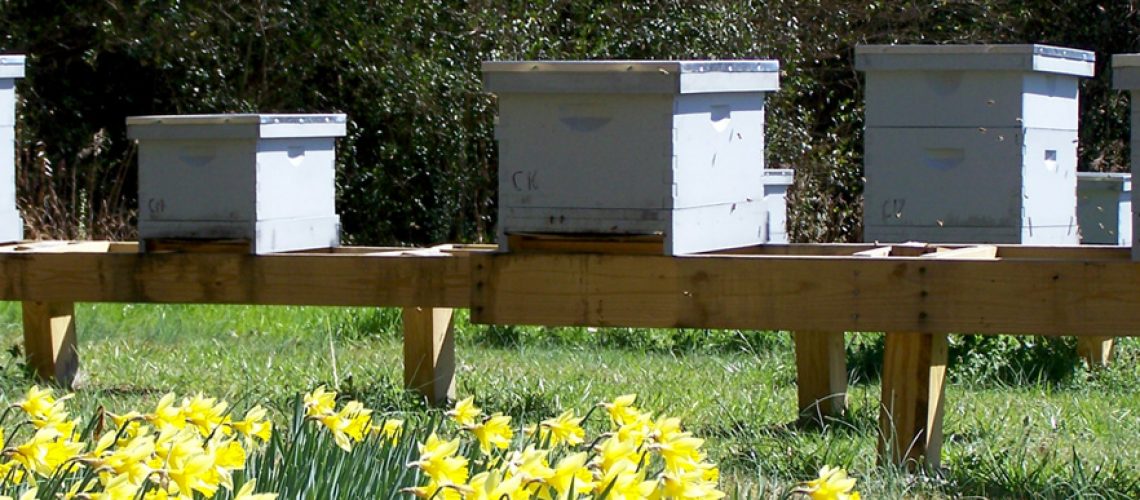Winter can be tough on the bee hive! The first winter for a new colony is extremely important. That is the reason behind this blog.
It is important to start preparing our hive in mid-Fall to have a successful wintering. We have invested hard earned money into this hive and now it is time to manage our investment.
The first task would be to identify any cracks or gaps that need to be repaired or replaced. In most occasions, the bees have placed propolis in most cracks. For those cracks and holes the bees have not sealed, there are several ways to repair the newer hive body. Many times we will see the older hive body suffering from rot and mold. This is not good for our bees. The older hive body should be discarded when they are facing several structural problems.
All entrance reducers should be placed with the one inch opening. The one inch opening is “ok” until the temperatures go below 30 degrees. This reduction will allow the hive to retain more heat. Have you seen bees living in tree trunks, the opening is very small!
For those who have an inner cover on their hive with a front notch for ventilation, there is a simple way to reduce the air flow and allow heat conservation within the hive. When you are standing behind the hive, slide the top cover toward you until you feel it just touch the front of the hive. This will still allow ventilation but in a greatly reduced way.
January and February is very critical for the hive. In some cases, our bees have eaten through their winter honey reserves. It is highly critical that we inspect our hive very briefly on warmer days. This should be a 3 minute inspection to see if there is still honey in the super. If the honey reserve is getting low, it is time to start feeding our bees sugar water. Depending on when in the winter you find low honey reserves, the sugar to water ration can range from 2-1 or 1-1. Many times, I hear statements “Ray, I lost my bees this winter and there was no honey either in the hive”. The bees simply starved to death. Another way to check honey reserves is to gently go to the rear of the hive and gently pick up the back of the hive and if it is heavy the honey reserves are fine.
On average, a colony of honeybees will need nearly sixty pounds of honey for their winter food. However, sixty pounds of honey is no guarantee that they will make it through the winter, due to the size of the colony. That is why we need to check on the honey reserves monthly.
Lastly, the hive should have a slight angle from rear to front. If you use a front entrance feeder, this will reduce water or sugar water from settling inside the hive and will drain out the front of the hive naturally. I place a ¼ inch shim at the rear of the hive to allow this natural drainage.
If you like these blogs, “LIKE” us on Facebook so you will see when we update this blog page.
Ray


